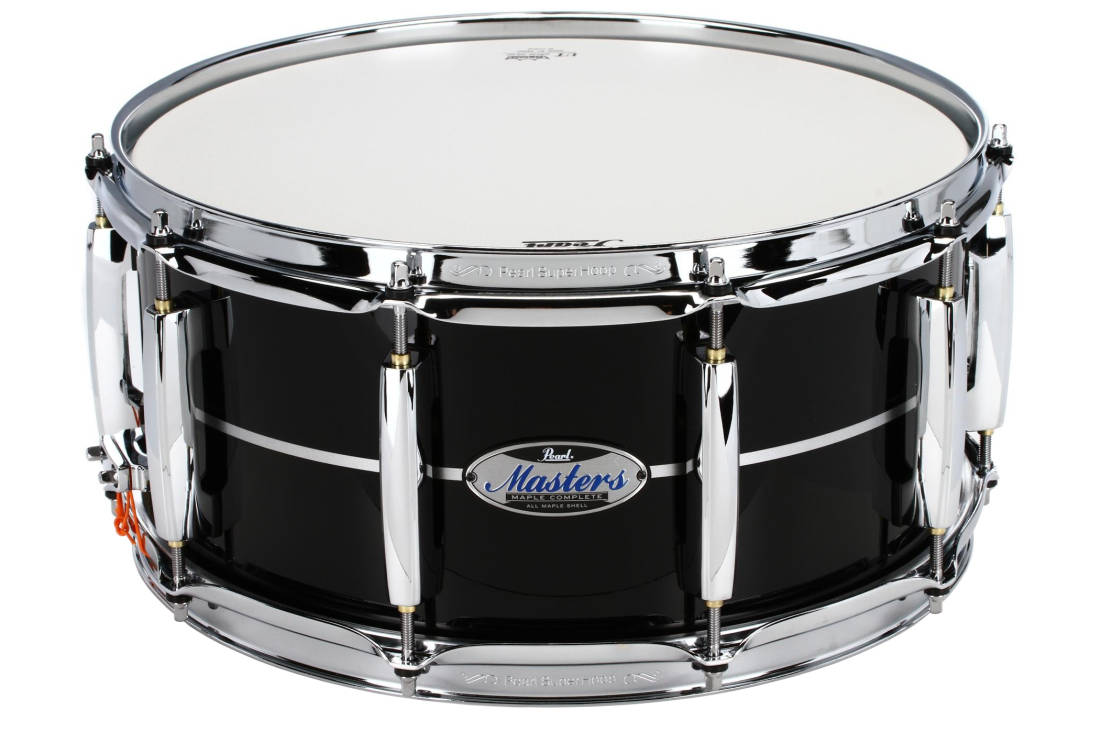
During the short winter days of mid-July, the three researchers invariably made the return trip from their study site well after dark, picking their way through the forest by torchlight. I walked back to the research station-a cluster of huts on a forested spur-in the late afternoon, leaving the albatross team to its work of weighing chicks and calculating how much the parent birds were feeding them. Skuas have been observed lurking in muttonbird nesting areas and attacking incoming birds before they have recovered from their fall through the canopy. No egg or chick is safe from skuas, and even adult birds are targeted.

They are fi erce aggressors and do not hesitate to dive at humans who come near their nesting areas, uttering a hoarse, wailing cry as they strafe them at head height. Skuas are the only predatory birds which breed on the Snares. Snares Cape pigeons (as seen here) nest in crevices and roost on granite slabs or other exposed places where they can keep a sharp eye out for brown skuas. They also perch on the backs of basking sea lions to catch flies. On the Snares, boggy areas covered with the herb mat Callitriche antarctica are favourite hunting grounds, and the birds may spend hours fossicking among the cresslike leaves. They have an unusual way of feeding, employing their tail feathers as a prop while using one or other of their legs to lift up twigs and leaves to look for insects and spiders (inset). Fernbirds are still common on the New Zealand mainland, but there they are secretive-unlike the confident Snares birds.


They can fly, but do so only rarely, and invariably are seen on the ground, probing the soil for grubs and earthworms. The Snares snipe had relatives on Stewart Island and the South Island, but these subspecies were exterminated by introduced predators-a sad loss, for snipe are beautiful and confiding birds. Megaherbs, the flamboyant flowering plants for which New Zealand’s southern offshore islands are well known, are represented by just one species on the Snares: the large-leaved punui, Stilbocarpa robusta. Written by Kennedy Warne Photographed by Kennedy Warne


 0 kommentar(er)
0 kommentar(er)
